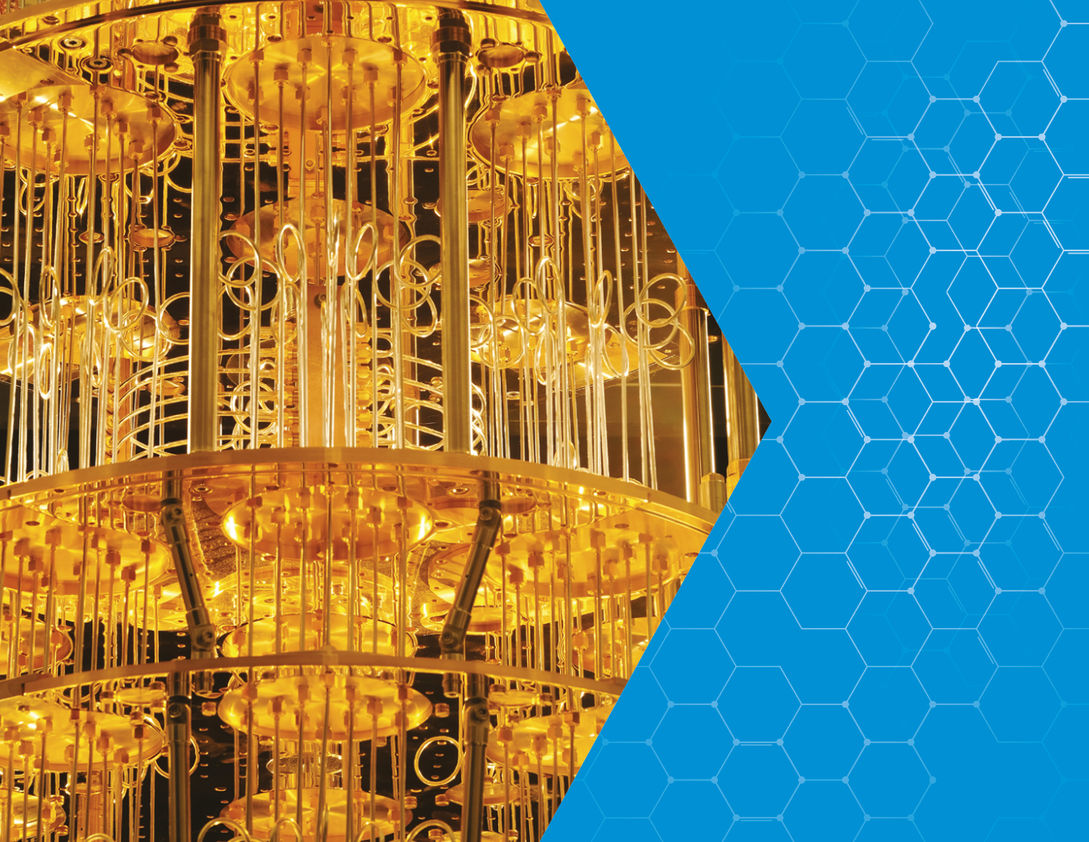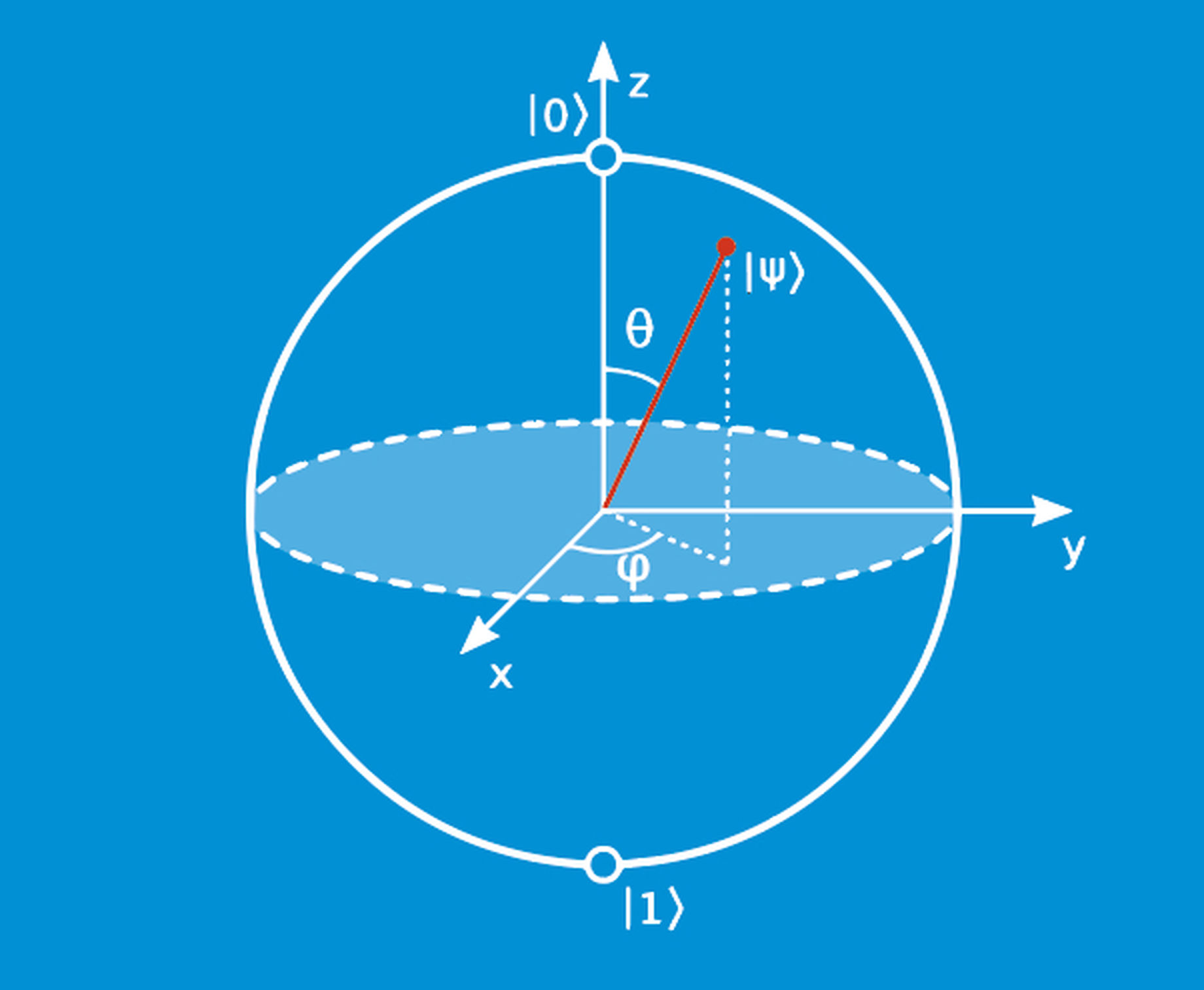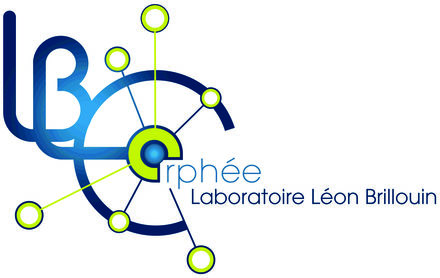
Delivering on the Promise of Big Data
How will our future supercomputers process unprecedented volumes of data at increasingly faster speeds?
Research at the European Spallation Source will help to identify the materials necessary to make the revolutionary leap from classical to quantum computing.
Big Data refers to data sets so large that traditional means of processing and analysis are not sufficient to exploit their full potential. The data sets may reveal patterns or associations for myriad purposes, and Big Data already underpins many aspects of our lives, from digital communications and weather forecasting, to finance, health care and our basic knowledge of the universe and world in which we live.
The coming revolution in data processing will begin to reveal the head-spinning potential of Big Data: next-generation artificial intelligence and machine learning applications, development of more sophisticated pharmaceuticals and gene therapies, and more accurate modelling to confront the risks of climate change.
Processing these continually growing quantities of information toward useful ends, however, relies on new data processing tools and methods, which in turn are dependent on our ability to identify materials fit for the job.
The ability of computers to process large amounts of data today is largely dependent on how fast electricity can be pushed through devices to create the digital bits that represent data. When you combine bits, which come in the form of either a 1 or a 0, the results are bytes, which then become kilobytes, megabytes, gigabytes and so on. Data processing is time- and energy-dependent, and we are approaching the physical limits of classical data processing. As the stores of data grow exponentially, known materials are not sufficient to support the demands of processing, and reliability is not assured.
Many experts believe quantum computing will provide the solution. The quantum equivalent of bits, called qubits, are not limited to just two states.
Qubits can have multiple states, such as 0 or 1 or 0+1 or 0-1, all at the same time, which means a quantum processor could factor numbers dramatically faster than standard computers.
For data to be captured, transferred and stored correctly, the material through which this is conducted must display very special electrical properties that enable data to flow quickly and reliably. Several different approaches towards achieving this are being pursued, and early developmental-stage quantum computers have been piloted.
One promising class of materials is known as topological materials, which can provide the stable states needed to enable quantum computers with wide applicability. Currently these states are best achieved under extreme conditions in the lab. Scientists vary the conditions, such as temperature and pressure, to try to perturb the topological states. This lets them test the robustness of the states and understand how they work, expanding the limits of known physics and striving towards the development of materials that can sustain robust states under ordinary conditions.
To date, research into topological materials has been hampered by limitations of neutron flux on existing scientific instruments, while non-neutron methods are unable to capture the critical data.
What will we see at ESS?
The major difficulty of investigating and manipulating topological materials is that most traditional methods cannot access the windows of time and space where the physical phenomena of interest take place. Neutron methods fill this gap. Furthermore, neutrons possess a magnetic dipole moment, enabling them to reveal precise information on the magnetic behaviour or polarisation of materials at the atomic level.
The European Spallation Source is therefore building a diffractometer, MAGIC, that will allow scientists to observe dynamics in a material occurring on a picosecond - one trillionth of a second - timescale. This unprecedented level of detail will give researchers real-time information about how atoms behave and interact, and how they conform to or violate our current understanding of particle interactions.
The high neutron brightness of ESS, put to purpose on MAGIC, will enable the observation of potential topological materials. MAGIC is equipped to probe such materials while they are subjected to extreme temperatures and pressures, for example, or external magnetic forces. These conditions will elicit different physical states of matter, and MAGIC is uniquely positioned to access these states.
Apart from the invaluable contributions such studies will make to our fundamental understanding of matter, these investigations will establish which materials have the desired properties to be selected for further technology development towards the quantum computers of the future.
Beyond materials
MAGIC’s specialty is the study of magnetism, and the instrument is well placed to provide insights for a whole host of electromagnetic applications.
Among these are speculative multiferroic materials of the future that exhibit a switchable magnetisation. Such a material could potentially enable the development of multiple-state memory elements, where data are stored both in the electric and the magnetic polarisations of the material. Understanding the origin of magnetism can also give insights into unique states of matter, including quantum spin liquid states, which suggest applications in data storage and machine memory. It could also reveal the physics of high-temperature superconductivity.
The latter would enable transfer of electricity without energy loss and thus reduce the energy footprint of today's society significantly.
MAGIC
MAGIC is a polarised, time-of-flight, single-crystal diffractometer dedicated to the study of magnetic properties in both applied and purely fundamental systems.
Fifteen instruments are currently under construction at ESS.
The in-kind partner institutions collaborating with ESS to design and build MAGIC are:
This feature is part of an ongoing Future Science series; a set of stories highlighting some of the research opportunities that will be made possible by instruments currently under construction at ESS.
































